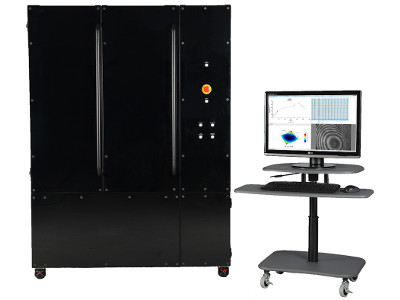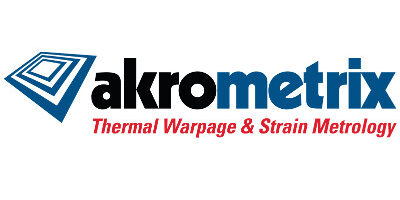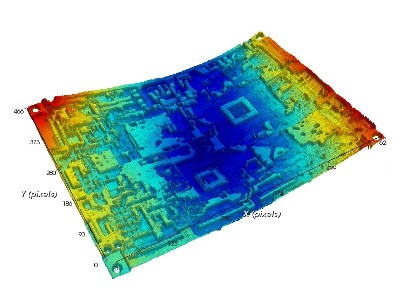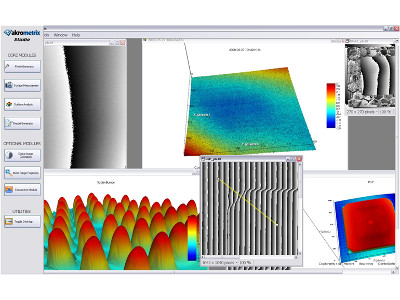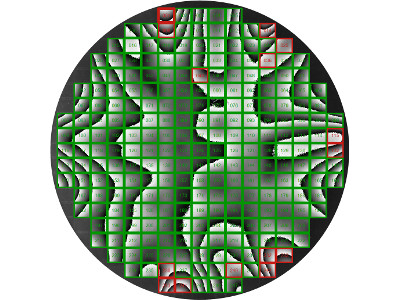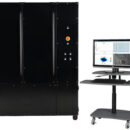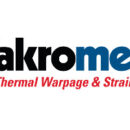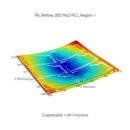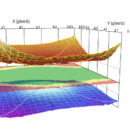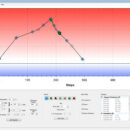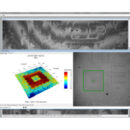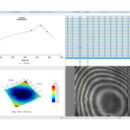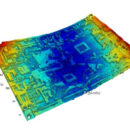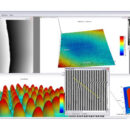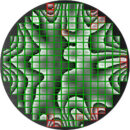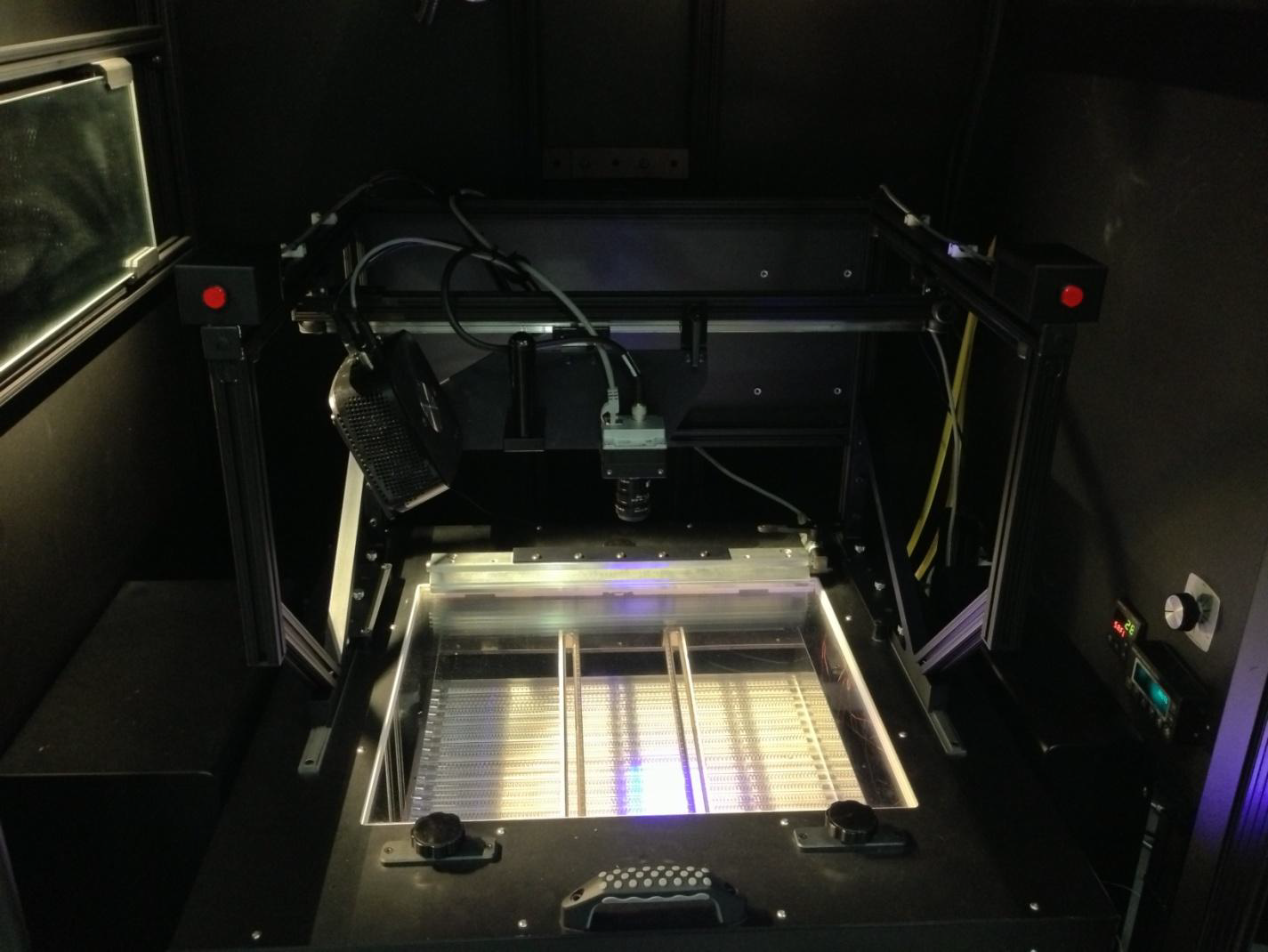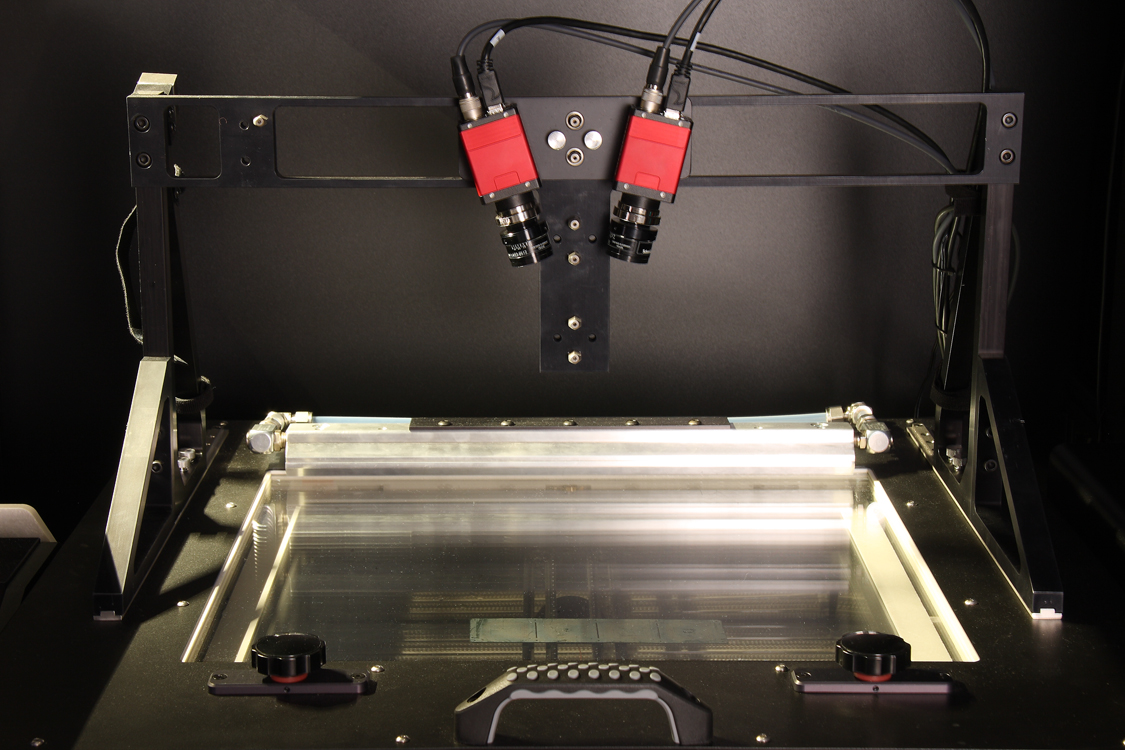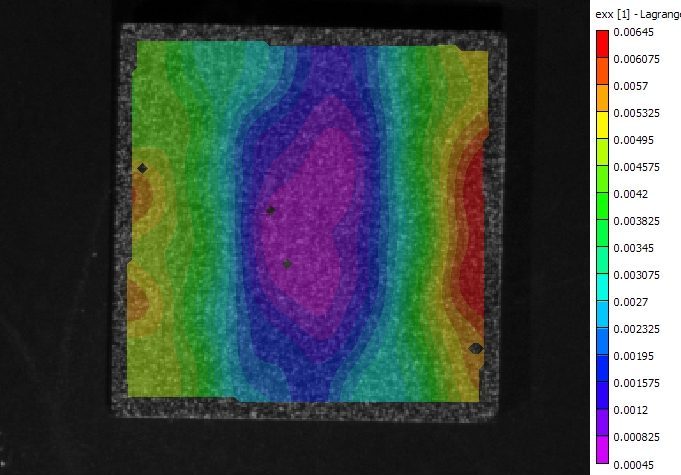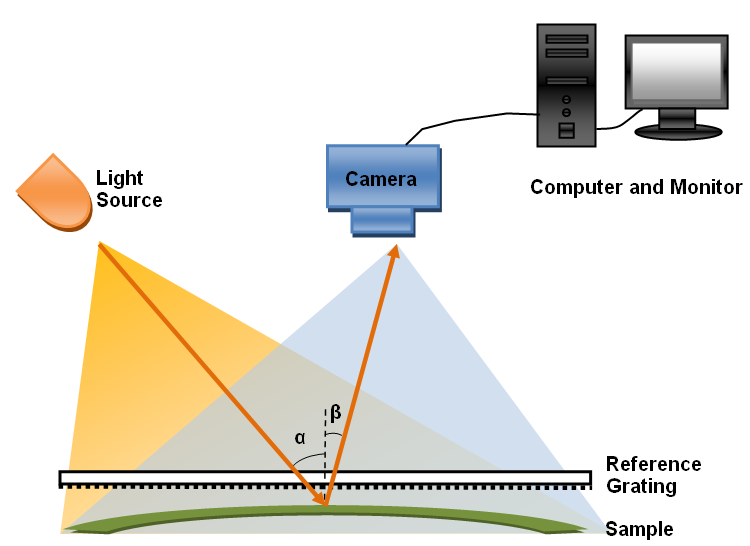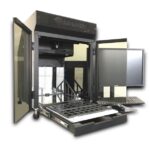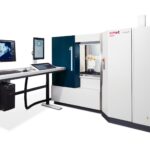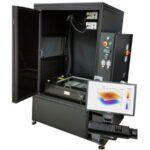The TherMoiré® AXP is a modular metrology solution that utilizes the Shadow Moiré measurement technique, combined with automated phase-stepping, to characterize out-of-plane displacement for samples up to 400 mm x 400 mm. With time-temperature profiling capability, the TherMoiré® AXP captures a complete history of a sample’s behaviour during a user-defined thermal profile.
The combination of Shadow Moiré measurement and dynamic temperature profiling is the foundation of the patented TherMoiré® platform. Dynamic profiling is the most effective approach to analyse mechanical behaviour induced by real-world processes and operating environments. Using the TherMoiré® AXP, engineers can gain a better understanding of the interactions between materials, packages, substrates and complete assemblies.
The TherMoiré® AXP is an expandable modular metrology platform accepting Digital Image Correlation (DIC) 2.0 Module, Convection Reflow Emulation (CRE6) Module, Digital Fringe Projection (DFP) Module, Convective Module (CM) and the CoolBoost Module.
